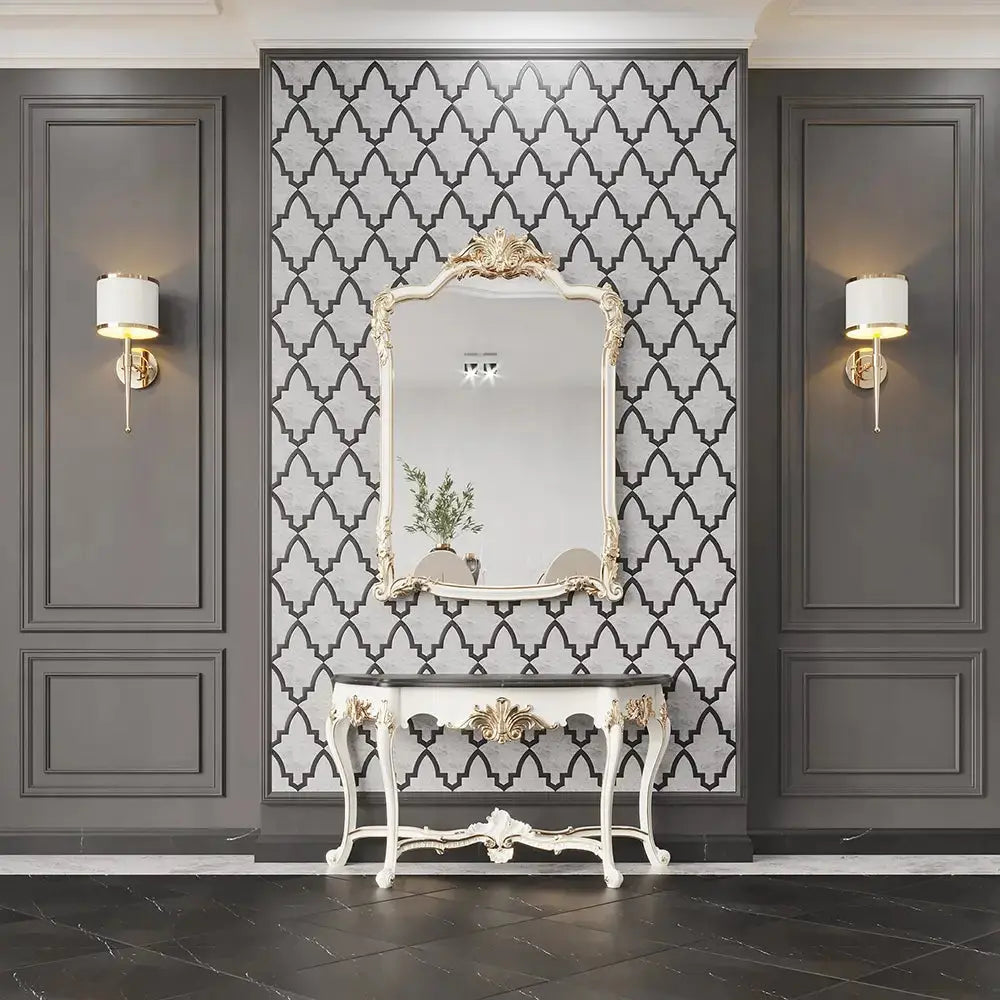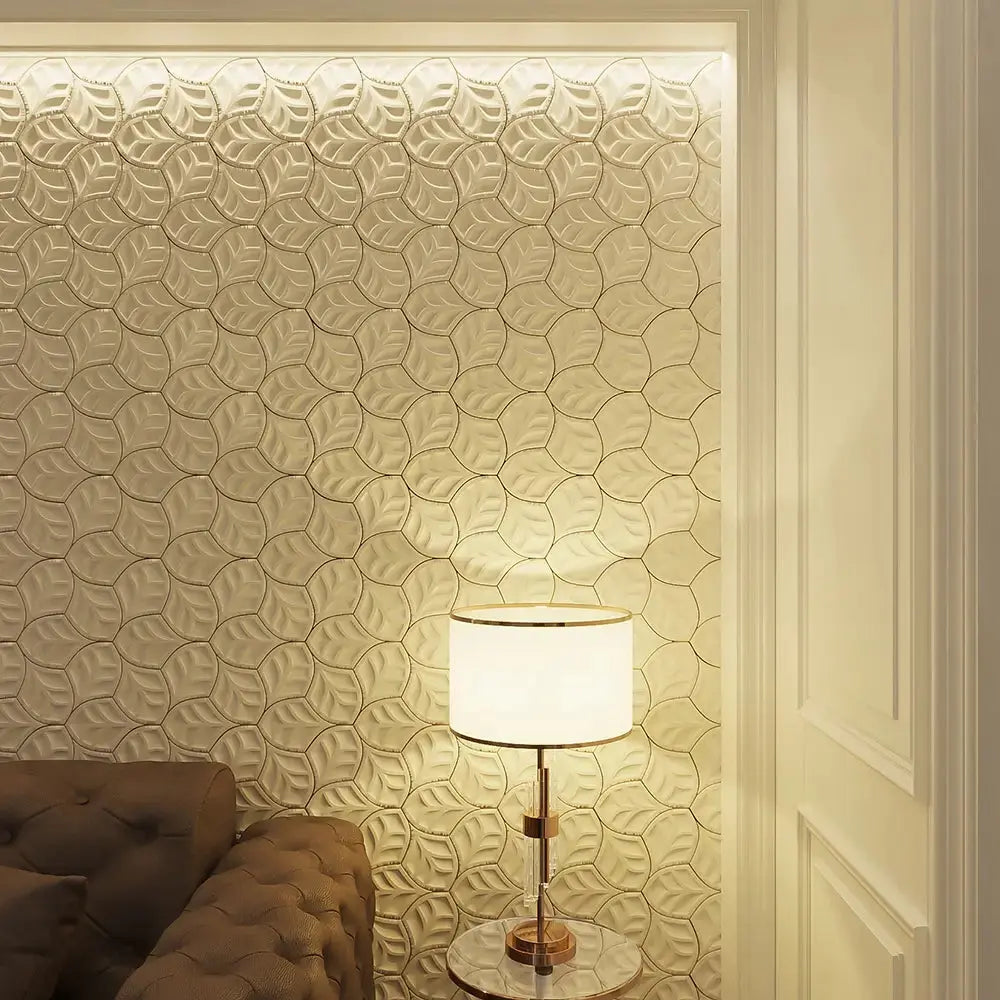
Antique Mosaic Works: A Timeless Art Form
The Origins of Antique Mosaic Art
Antique Mosaic art dates back thousands of years, originating in ancient Mesopotamia as a method of architectural embellishment. It later flourished in Greek and Roman cultures, where artisans used antique mosaics to portray mythology, daily life, and historic events. Some of the most celebrated examples are found in Pompeii and the Byzantine churches of Ravenna, showcasing the enduring legacy of this decorative art form.
Materials and Techniques
Ancient mosaic works were crafted using a diverse range of materials. The most notable components included:
- Tesserae: Small fragments of colored glass, stone, or ceramic used to build intricate images.
- Marble and Limestone: Valued for their texture and range of natural hues.
- Gold Leaf and Precious Stones: Especially in Byzantine mosaics, to add richness and divine symbolism.
Artists carefully embedded each piece into wet mortar, arranging tesserae with precision to capture light, shadow, and detail. Advanced shading techniques were often used to create lifelike figures and perspective.
Cultural Significance of Antique Mosaics
Mosaics were far more than decorative elements—they were powerful cultural symbols. In ancient Rome, mosaics lined the floors of villas and bathhouses, expressing wealth and intellectual sophistication. In early Christian and Byzantine contexts, mosaics served as sacred storytelling tools, conveying biblical scenes and divine figures to largely illiterate populations through vivid, visual narratives.
Famous Antique Mosaic Works
Several antique mosaics remain celebrated around the world for their artistic and historical value:
- The Alexander Mosaic (Pompeii): A stunning depiction of the battle between Alexander the Great and Darius III, showcasing movement and emotion.
- The Hagia Sophia Mosaics (Istanbul, Turkey): Iconic religious imagery, including Christ Pantocrator and the Virgin Mary, preserved from the Byzantine era.
- The Villa Romana del Casale (Sicily, Italy): Lavish floor mosaics illustrating mythology, hunting scenes, and daily Roman life with remarkable detail.
Preservation and Modern Appreciation
Through the work of archaeologists and restorers, many antique mosaics have been preserved for modern appreciation. These artworks continue to inspire contemporary designers and artists who reinterpret ancient motifs with new materials and styles, blending past and present in creative harmony.
Antique Mosaics Today: A Living Legacy
Antique mosaic works remain a testament to humanity’s enduring artistic brilliance. They speak to cultural identity, spiritual expression, and aesthetic innovation—values that still resonate today. Whether admired in museums, sacred sites, or restored villas, their beauty and complexity never fail to captivate.
Explore Mosaic Art with Misbell Group
If you're drawn to the elegance of antique mosaic craftsmanship, Misbell Group offers exclusive collections inspired by historical artistry. Their commitment to precision, storytelling, and material excellence brings the spirit of ancient mosaics into modern spaces—through both traditional and contemporary design expressions.
Visit Misbell Group’s website to explore how their mosaic works can help you add timeless beauty and cultural richness to your interior design projects.


